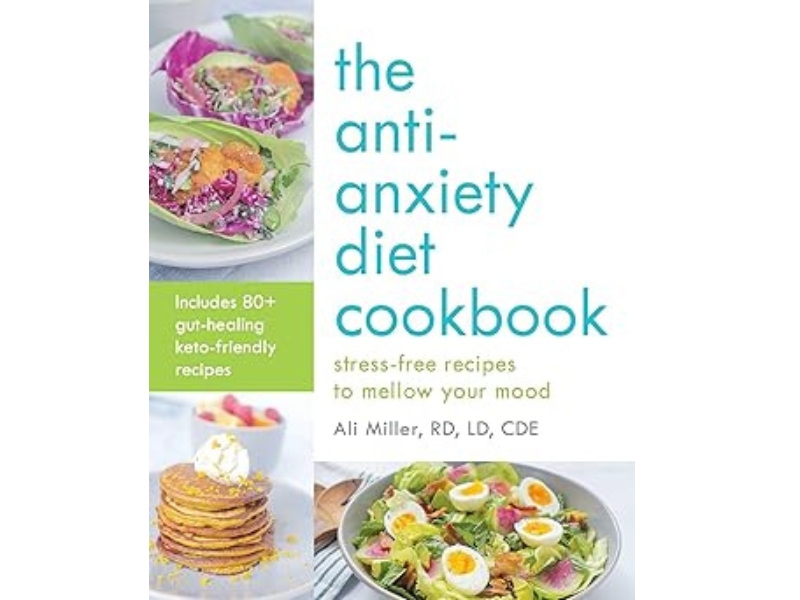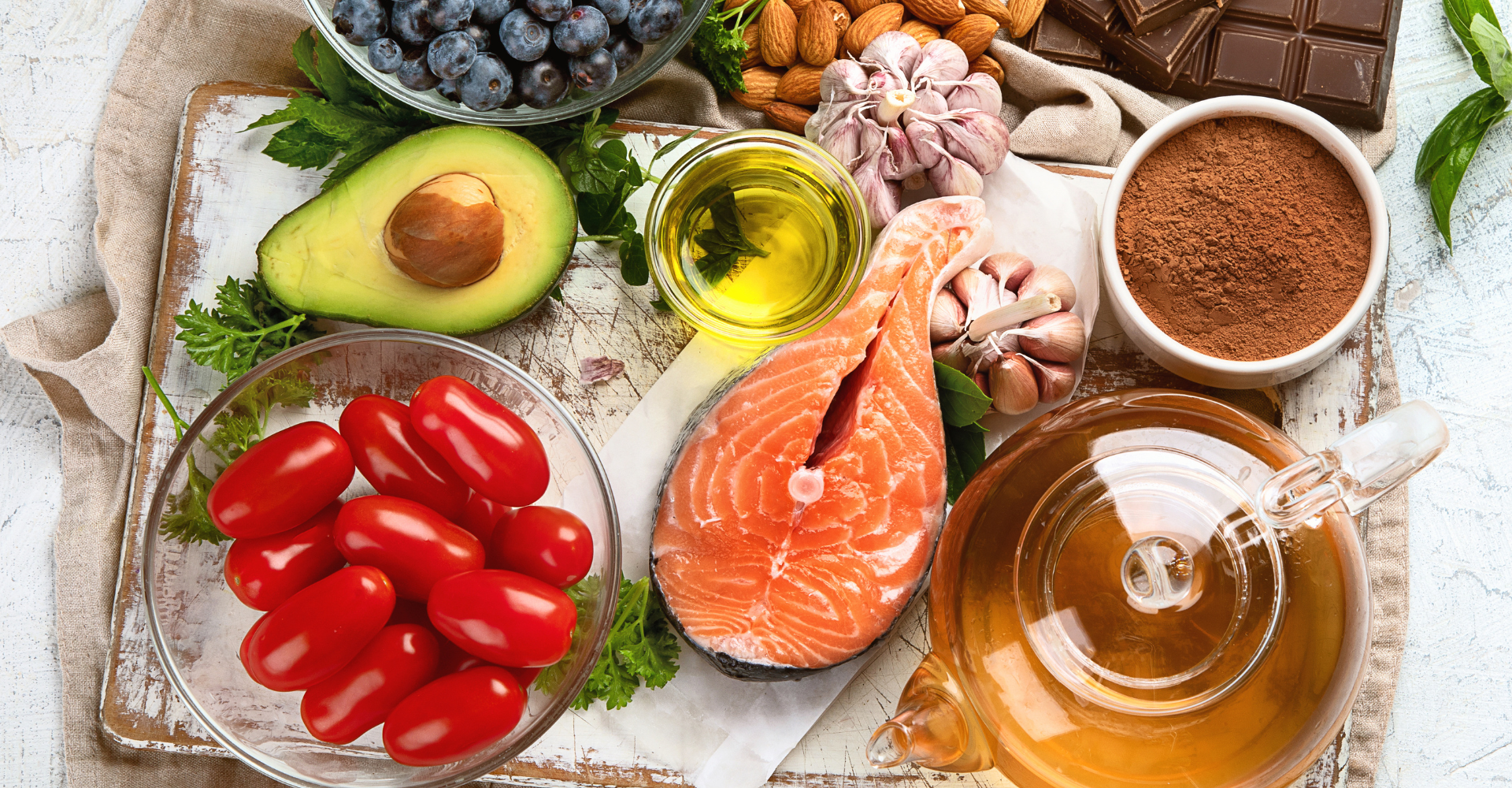When you buy through our links, we may earn a commission. Learn More.
The word diet is off-putting for many Canadians. Diets often involve severe restrictions with fewer benefits than promised. And once your starving body forces you to stop or ‘cheat’, the rewards disappear.
Sometimes though, the pain is worth the gain. In the case of people who are seeking relief from anxiety, a change to the diet can have dramatically positive results. For example, in 2018 dietician Ali Miller created an official Anti-Anxiety Diet Plan, resulting in noticeably positive changes in anxiety levels experienced by many even with some of the dietary modifications suggested.
“Anxiety and other mental illnesses are metabolic diseases as much as they are psychological.”
Nicholas G Norwitz Ph.D. and Uma Naidoo M.D., Harvard Medical School
Because Miller’s plan induces ketosis, a state where the body begins burning its stored fat for energy rather than sugars which are less accessible, the flu-like symptoms that often follow can make it a rough start. For many, a more realistic approach is to simply start adjusting your current intake and sticking to it, rather than tackling the full-on diet.
The anti-anxiety diet can be a helpful tool in accompanying other treatments or it can be the first step in managing anxiety symptoms.
Nutritional Psychiatry
According to Harvard Medical School, 95% of your serotonin receptors actually aren’t in your brain; they’re in your gut.
Nutritional psychiatry is in its early stages, but research is promising. Studies support the idea that certain foods can increase or decrease your experience of anxiety.
The goal of this diet is to reset your gut microbiome. This works towards repairing your gastrointestinal tract and balancing your micronutrients and neurotransmitters.
Ultimately, the diet is meant to create a stronger feeling of calmness and of being grounded.
The anti-anxiety diet means cutting down on processed foods and sugars, inflammatory foods, and fried foods. This includes gluten, corn, soy, sugar, dairy, and French fries.
The Anti-Anxiety Diet Cookbook: Stress-Free Recipes to Mellow Your Mood

The Anti-Anxiety Diet Cookbook by Ali Miller, dietitian and food-as-medicine guru features over 75 tasty recipes that will reduce inflammation, strengthen your gut, and nourish your body, all while helping balance your mood and emotions.
The Effects of Inflammatory Foods
Cutting out inflammatory foods is an important step in the process because “chronic inflammation is a feature of … anxiety,” according to a research paper published by Nicholas Norwitz and Uma Naidoo of Harvard Medical School. The pair concluded that inflammatory foods can also further neurotransmitter imbalances in the brain – something the diet attempts to fix.
Pro-inflammatory diets can be harmful to long-term well-being. Registered dietitian Katherine McManus published a study reporting that people who followed a pro-inflammatory diet had a 38% higher risk of cardiovascular disease and poor cholesterol levels.
McManus lists pro-inflammatory foods as “red meat, processed meat, and organ meat; refined carbohydrates such as white bread, white rice, and many desserts; and sweetened beverages including colas and sports drinks.”
Inflammation also increases cortisol levels in the body. Cortisol is known as the stress hormone and contributes to anxiety symptoms.
A recommendation by the Cleveland Clinic is to think of a Mediterranean style food intake, which inherently reduces cortisol.
Anti-Anxiety Diet: Foods to Include
Grains
- Oatmeal
- Quinoa
- Whole grain bread and cereal
Magnesium-Rich Foods
- Leafy greens
- Legumes and nuts
- Seeds
- Whole grains
Zinc-Rich Foods
- Oysters
- Cashews
- Liver
- Beef
- Egg yolks
Probiotic Foods
- Pickles
- Sauerkraut
- Kefir
Vitamin B-Rich Foods
- Avocado
- Almonds
Antioxidant-Rich Foods
- Beans
- Fruits
- Berries
- Nuts
- Vegetables
Omega-3 Fatty Acids
- Fish
- Chia seeds
- Olive oil
- Walnuts
- Flax seeds
Managing Anxiety Dieting Long-Term
Finding seasonal foods can often be a challenge. An option for out of season ingredients or cheaper grocery bills is to use flash-frozen foods. While normal freezing can reduce the nutrients found in these items, flash freezing does not, according to Mayo Clinic.
And for those who absolutely need a French Fry fix every now and then, consider investing in an air fryer for a healthier but still delicious option.
The anti-anxiety diet is an important health cornerstone for anyone seeking to manage symptoms of anxiety. As a stand-alone strategy it can work for some people, and for those who elect to leverage other, or multiple therapies, an anti-anxiety diet can create an environment that will result in a more promising long-term outcome.
Miller wrote the book ‘The Anti-Anxiety Diet’ and hosts a podcast on the topic as well. Her website and podcast can be a helpful resources in learning how to successfully follow the diet long term.
Learn more about anxiety treatment options in Canada by reading The Health Insider’s article: Anxiety Therapy 101: A Comprehensive Guide to Understanding Your Options.
The information provided on TheHealthInsider.ca is for educational purposes only and does not substitute for professional medical advice. TheHealthInsider.ca advises consulting a medical professional or healthcare provider when seeking medical advice, diagnoses, or treatment. To read about our editorial review process click here.










